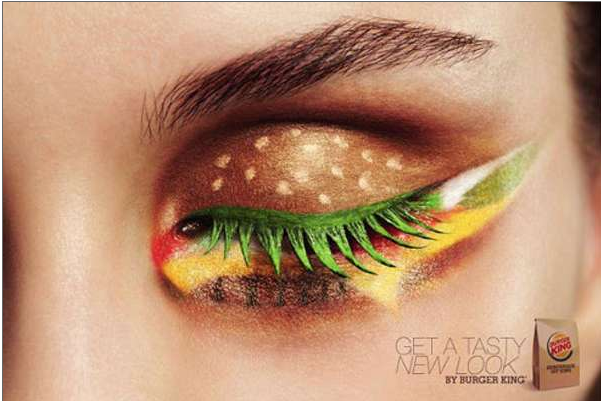this article was originally posted in our column on branding and marketing for SEA, Seafood Experience Australia.
originally posted July 2012
 Seafood has a style problem. If people are going to consume more seafood, they’re going to have to be tempted by it. People buy with their eyes — and that’s not just home cooks. Chefs are products of our image-conscious culture too, and they resonate with the power of good presentation.
Seafood has a style problem. If people are going to consume more seafood, they’re going to have to be tempted by it. People buy with their eyes — and that’s not just home cooks. Chefs are products of our image-conscious culture too, and they resonate with the power of good presentation.
Seafood Source has been opening up the discussion of how much need there is for a fresh look. In the Seafood Source Brussels Blog of April 20 this year, editors reviewed the new product winners, concluding: “The judges agreed that the only room for innovation right now is in packaging and marketing.”
In an April 25, 2012 article titled Time Has Come for Packaging Innovation, Steve Hedlund of Seafood Source talked to Simon Smith, sales and Marketing manager for Seachill, which produces the Saucy Fish label in the UK, reporting that in just two years since launching, The Saucy Fish Co. has racked up more than GBP 40 million in sales. Key to the product’s success is the appeal of its packaging. “’The industry is so focused on trading. We did a huge amount of research and found out that the consumer is looking for more warmth and emotion [in packaging].” Smith added that seafood packaging is often “too clinical.’”
The good news: so little is currently being attempted in the marketplace that there’s ample opportunity to innovate and stand out from the competition.
Look Like You Belong
The classic bit of career advice that you should dress for the job you want applies to your product too. Whether that’s snacks for kids or a white tablecloth restaurant, your product needs to resonate with the consumers you want. It needs to fit their idea of who they want to be and how they want to be living. If you want to design a product that young urban foodies will pick up for dinner, look hip. If you’re product is top quality and expensive, look like you deserve to be expensive.
Consumer Facing
To help you start thinking about what’s possible, we’ve put together a round up of the best new packaging in seafood. (see image at top)
Let’s have a look at what’s working here.
1) Use of color. Notice there’s no dark blue, maroon or that bright raincoat yellow that makes everybody think of primary school or traffic signs. Lighter, fresher colors are winning the day. Bright colors feel optimistic. In fashionable tones, they can feel sophisticated. Crisp black and white can be both clean and elegant.
2) Illustration offers a great way to transmit a mood. Think beyond cartoon fishermen and ships’ wheels…please.
3) Fun. Whimsy. Humor. People like that stuff. Fun doesn’t mean jokey. It’s more about being unexpected.
Trade Facing
 To the trade doesn’t need to mean ugly or careless. The chef isn’t going to send out a dish that’s slopped ona plate, no matter how delicious, and expect to win customers that way. Don’t send your fish to the kitchen looking bland and unremarkable.
To the trade doesn’t need to mean ugly or careless. The chef isn’t going to send out a dish that’s slopped ona plate, no matter how delicious, and expect to win customers that way. Don’t send your fish to the kitchen looking bland and unremarkable.
Fresh seafood comes with the challenge of not being packaged, but it’s all transported in something, even if that’s a shipping box. A good-looking box commands attention and respect. Care went into presenting it, so the message that it should be well treated comes with that. That goes for the driver who loads it onto a truck and the line cook who is sent to fetch it out of the walk-in. It’s says: “I’m the good stuff. Don’t mess me up.”
Additionally, putting a visual with a name makes your product more memorable. To keep customers, they need to remember that you exist. Putting an eye-catching image with your brand name leverages the way people learn to keep your product front of mind for chefs as they pass through their careers and from kitchen to kitchen.
Here are some of the best examples of exterior boxes we’ve seen. They immediately communicate the style and feel of their brand. They look special, but it’s no more expensive to print a good-looking box than an ugly one. There may be a one-time design cost, but it will keep on giving for years. All three of these boxes are single color print jobs on standard materials — most likely what you’re already paying for.
As you think of launching new products or are considering ways to get more market share, remember that a little style and imagination goes a long way.





